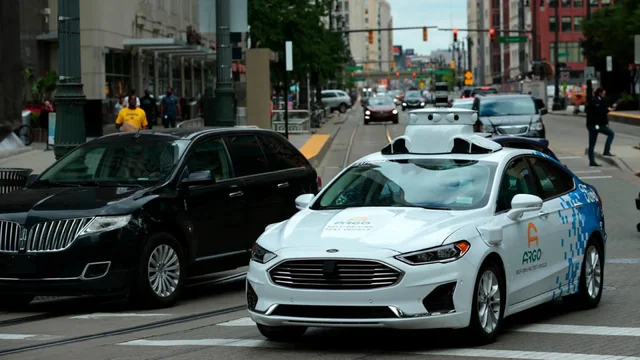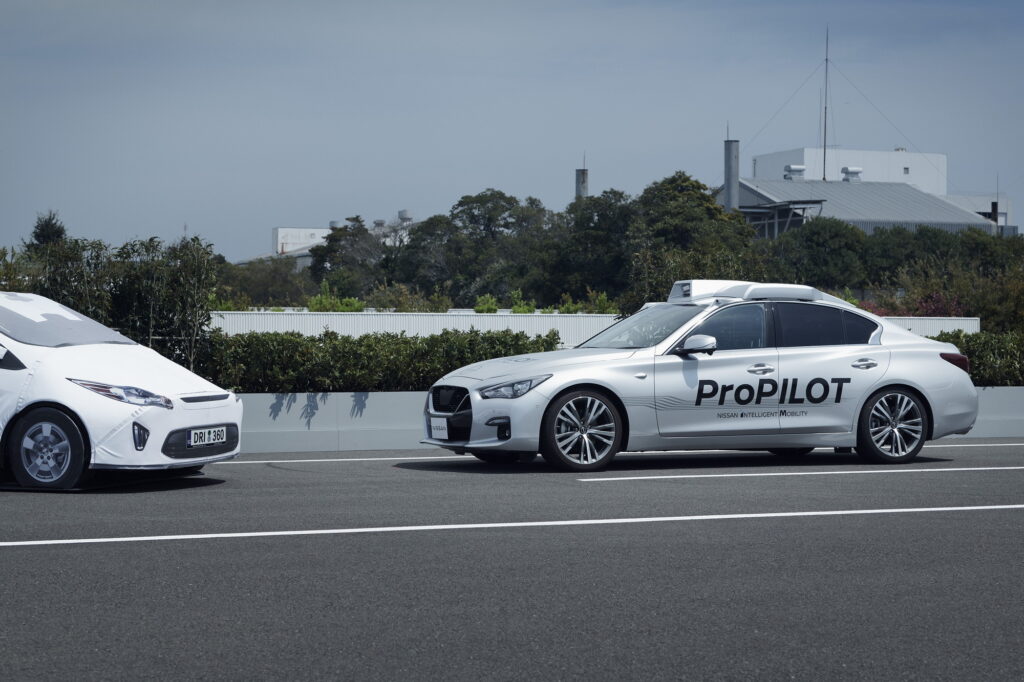The emergence of autonomous vehicles (AVs) has sparked both excitement and apprehension among consumers.
While the technology promises increased safety and convenience, many consumers remain wary of relinquishing control to self-driving cars.
Automakers have leveraged this fear to their advantage, promoting features that enhance driver control and safety while delaying the widespread adoption of fully autonomous vehicles.
This article explores how automakers profit from consumers’ fear of autonomous vehicles, focusing on the marketing strategies, product offerings, and economic incentives that drive this approach.
One of the primary ways automakers profit from consumers’ fear of autonomous vehicles is through the promotion of advanced driver assistance systems (ADAS).
These systems, which include features such as adaptive cruise control, lane-keeping assist, and automatic emergency braking, provide a bridge between traditional driving and full autonomy.
By highlighting the safety benefits and convenience of ADAS, automakers can appeal to consumers who are hesitant about fully autonomous vehicles while still capitalizing on the interest in new technology. This approach allows automakers to sell vehicles with advanced features at a premium price, generating higher profits.
Also Read: 10 Best Electric Cars Launching Soon That Will Transform the Auto Industry
Marketing strategies that emphasize driver control and engagement are another way automakers capitalize on consumers’ fear of AVs.
Advertisements and promotional materials often highlight the thrill of driving and the importance of maintaining control over the vehicle.

By tapping into consumers’ emotional connection to driving, automakers can position their products as the best of both worlds offering advanced safety features without sacrificing the driving experience. This messaging resonates with consumers who are skeptical of autonomous technology and prefer to retain control over their vehicles.
Additionally, automakers benefit from the slower rollout of fully autonomous vehicles by continuing to sell traditional and semi-autonomous vehicles.
The development and deployment of AV technology require significant investments in research, infrastructure, and regulatory compliance.
By pacing the introduction of autonomous vehicles, automakers can maximize their return on investment from existing product lines while gradually transitioning to new technology.
This phased approach allows them to maintain profitability and market share without alienating consumers who are not ready to embrace full autonomy.
Economic incentives also play a role in how automakers profit from consumers’ fear of autonomous vehicles.
The automotive industry is highly competitive, and manufacturers rely on new features and innovations to differentiate their products and drive sales.
By focusing on incremental advancements in driver assistance technology, automakers can continue to attract customers and maintain market relevance. This strategy ensures a steady stream of revenue from consumers seeking the latest safety and convenience features without making the leap to fully autonomous vehicles.
The role of regulatory and legal frameworks in shaping consumer perceptions and automaker strategies cannot be overlooked. The regulatory environment for autonomous vehicles is still evolving, with varying levels of acceptance and readiness across different regions.
Automakers must go through these complexities while addressing consumer concerns about safety and liability. By promoting driver assistance technologies that comply with current regulations and address safety concerns, automakers can build consumer trust and mitigate potential legal risks.
Finally, the cultural and social factors influencing consumer attitudes towards autonomous vehicles provide additional opportunities for automakers to profit. In many regions, driving is deeply ingrained in the culture and seen as a symbol of freedom and independence.
Automakers can leverage these cultural values by emphasizing the balance between advanced technology and driver control. This approach allows them to appeal to consumers’ desire for innovation while addressing their fears about losing autonomy.
Also Read: 10 Most Anticipated SUVs of the Year Bringing Innovation and Performance

